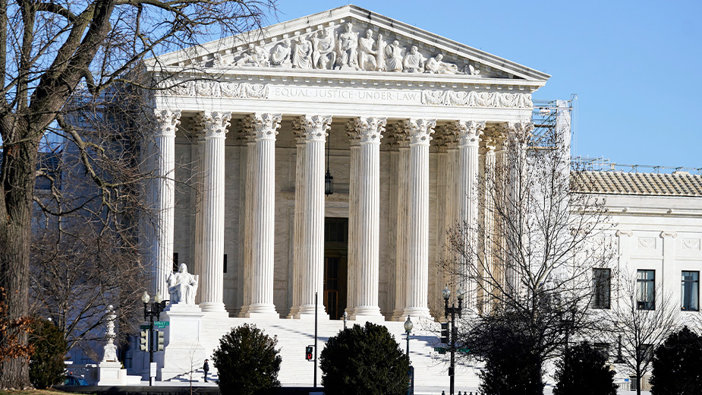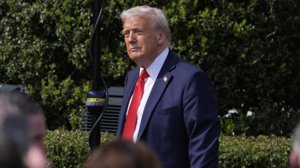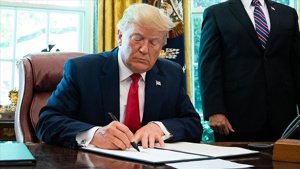
SCOTUS Blocks Federal Worker Rehire Order
The United States Supreme Court (SCOTUS) has blocked an order issued by a federal judge in California that would have required the Trump administration to rehire thousands of federal workers previously laid off across multiple departments. The decision temporarily halts a lower court’s attempt to reverse cuts made under President Donald Trump’s administration.
The initial ruling came from US District Court for the Northern District of California Senior Judge William Alsup. He had determined that the Office of Personnel Management (OPM) failed to properly execute the layoff procedures and ordered the reinstatement of thousands of employees across the Departments of Veterans Affairs, Agriculture, Defense, Energy, the Interior, and the Treasury.
The Trump administration responded by filing an appeal to the Supreme Court, seeking to overturn Alsup’s order and uphold the terminations. On Tuesday, the high court agreed to block the implementation of the California ruling while it further reviews the case.
In parallel, SCOTUS is also considering a similar order from US District Court for the District of Maryland. In that case, Senior Judge James Bredar issued a comparable ruling involving a different set of layoffs, potentially affecting additional federal departments. The Supreme Court has not yet issued a ruling on that matter.
The controversy centers on the legality of the layoffs and whether proper administrative procedures were followed by OPM. Judge Alsup’s ruling had stated that the terminations were not only procedurally flawed but also carried out without sufficient justification, particularly during a time of heightened demand on public services.
The Trump administration has defended the layoffs as part of a broader restructuring initiative aimed at streamlining government operations and reducing redundancy across federal agencies. However, critics argue that the cuts were abrupt, lacked transparency, and disproportionately affected key departments providing essential services.
As the Supreme Court weighs both cases, the outcome could have significant implications for federal employment practices and executive authority over workforce management. For now, the reinstatement order is on hold, leaving thousands of affected workers in a state of uncertainty.






